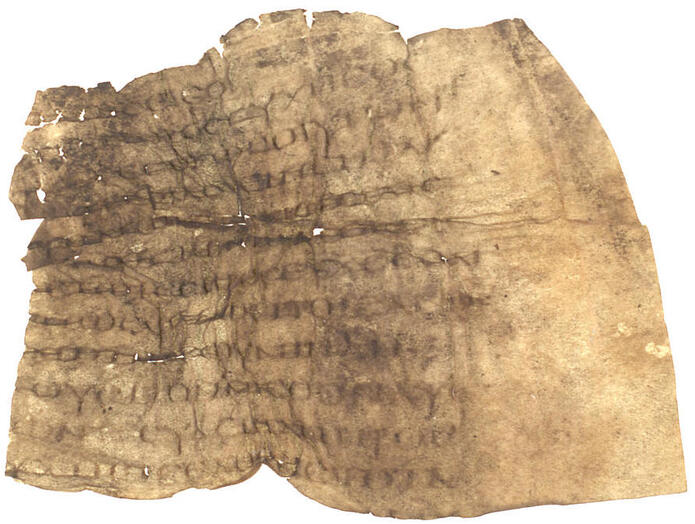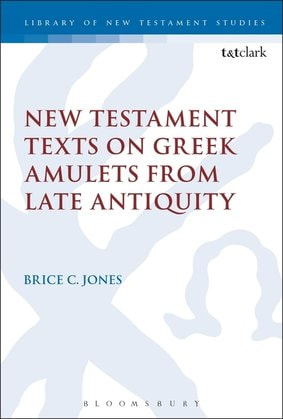 GA 0324 GA 0324 In my 2016 book on amulets, I analyzed an incomplete parchment codex folio with Greek text from the Gospel of Matthew (6:4-6, 8-12). The manuscript is housed at Columbia University and was published as P.Col. 11.293. I echoed an earlier claim that this fragment was likely deliberately torn or cut from a continuous-text codex and used secondarily as an amulet for the text it contained (portions of the Lord's Prayer). Consequently, I argued (p. 103) that this manuscript should be listed in the Kurzgefasste Liste: "Since this fragment was likely originally part of a continuous codex of at least the Gospel of Matthew and used only secondarily as an amulet, there is no reason why it should not be classified and added to the official list of New Testament manuscripts. As we shall see below, P.Oxy. 64.4406 (no. 15) is similar in that that fragment was also probably from a continuous codex and used secondarily as an amulet. (Yet, ironically, P.Oxy. 64.4406 has a place in the list under the GA number P105.) Thus, we have here a parchment manuscript that should be added to the majuscule category (e.g. 0xxx)." Gregory Paulson at the Institut für Neutestamentliche Textforschung (INTF) reached out to me earlier this month indicating that this argument "makes perfect sense." I can now report that the INTF has listed P.Col. 11.293 as a majuscule manuscript in the GA system with the next available majuscule number, 0324. It is viewable in the online Liste here and at the Papyrological Navigator here.
Thanks to Gregory Paulson and the others at INTF for engaging with my work.
4 Comments
Michael Rabayda
link
5/19/2020 01:38:47 pm
This is amazing for it to be catalogued. Do you know the approximate date of this fragment?
Reply
Stephen Carlson
5/20/2020 03:56:02 am
Good on ya, Brice!
Reply
Your comment will be posted after it is approved.
Leave a Reply. |

Available at Amazon!
Archives
June 2020
Categories
All
|